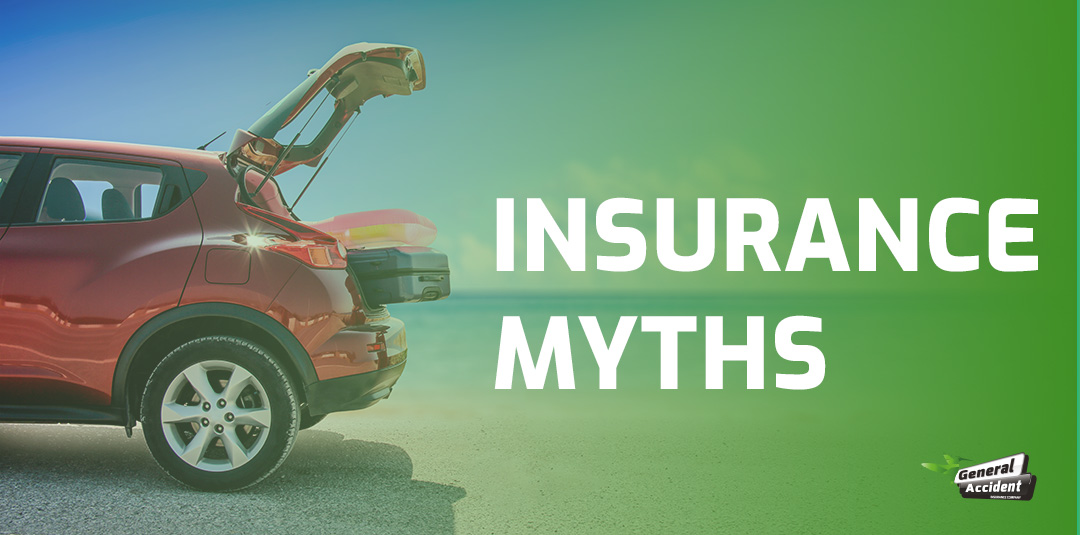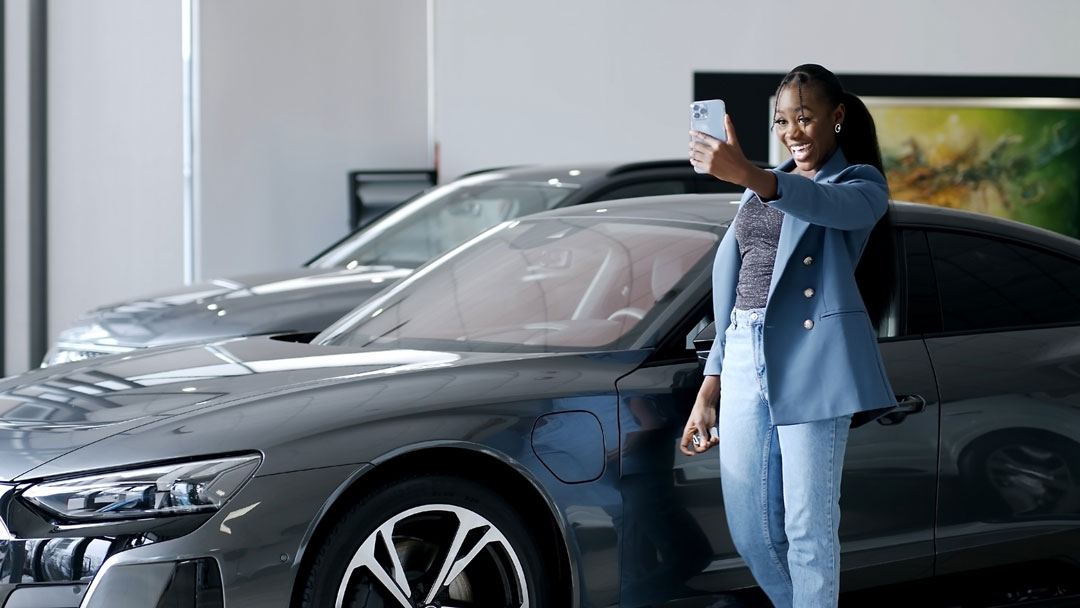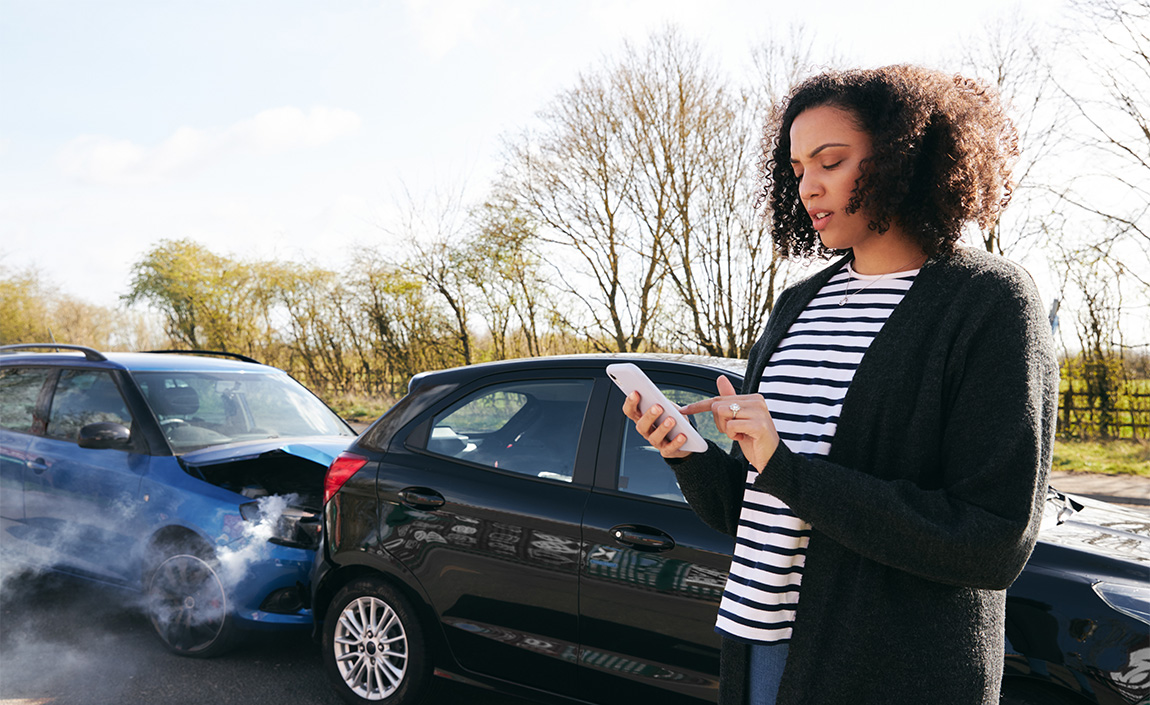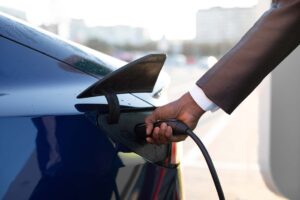
Having the wrong information can end up costing you money, especially when it comes to insurance. Despite being in the information age, misinformation is floating around the internet and sometimes in your peer groups. Stay informed and make the best decisions regarding your insurance. Let’s debunk some common car insurance myths. Here are some common statements that are simply not true.
Myth 1: “All car insurance is the same”
All car insurance is not the same.
Not only are there different types of car insurance, but every company is also different.
Be sure to take the time to research car insurance companies and their policies to get the best coverage for your vehicle.
If you find the best policy for your needs, you’ll likely save money and get great benefits you might have missed out on without proper research.
For example, if you’re the only person who will be driving your car, you qualify for a 15% discount at General Accident Insurance.
Myth 2: “Car insurance is too expensive”
The truth is, not having great car insurance would cost more money!
For example, if you get into a car accident, depending on your insurance policy, you can get a replacement rental car. If only your windscreen is damaged in an incident, you can have it replaced without having to pay an Excess, and without it affecting your no claims discount.
If you’re injured in an accident, some of your medical bills may be covered.
Without insurance, you would have to pay for all of that out of pocket and end up in trouble with the law since driving without insurance is illegal.
There are also other ways you can save money on your car insurance. At General Accident Insurance, we offer additional discounts. Talk to us to see which ones you qualify for.
It pays to have car insurance.
Myth 3: “Car insurance doesn’t help with natural disasters”
If your car is damaged due to a fire, hurricane, earthquake or another act of nature, your car insurance policy may cover these too.
With General Accident Insurance, one of the benefits of our comprehensive policy is coverage for floods and special perils like fire and even riots.
So, if you’re worried about your car being damaged by any natural disaster, talk to us about getting comprehensive insurance.
Myth 4: “Changing insurance providers is costly”
If you’re unhappy with your car insurance provider, you may be thinking about switching to another.
You’ll be happy to know that changing insurance providers does not have to be costly.
As a matter of fact, at General Accident Insurance, you can save 10% off your annual premium by switching.
Myth 5: “Old cars don’t need insurance”
All cars need insurance.
It’s illegal to operate a motor vehicle in Barbados without some type of third-party liability insurance.
However, if you have an older car, you may feel like insurance is a waste of money but it’s not.
If your car gets damaged in an accident and the cost to repair exceeds the value of the car, we will pay you the car’s market value less the deductible.
Myth 6: “I don’t need insurance if I’m a safe driver”
Being a safe driver is great! However, accidents can happen to the safest drivers. Having car insurance is not only legally required but it can save you a lot of trouble.
Your insurance can help you with paying for the damage, medical bills, legal fees and more.
It’s important to have the right information so that you can make the right decisions. To debunk more myths you have heard about car insurance, contact us at 246 538-2200 and let’s have a chat. Let’s clear up these myths and get you the best insurance policy for your needs.

















